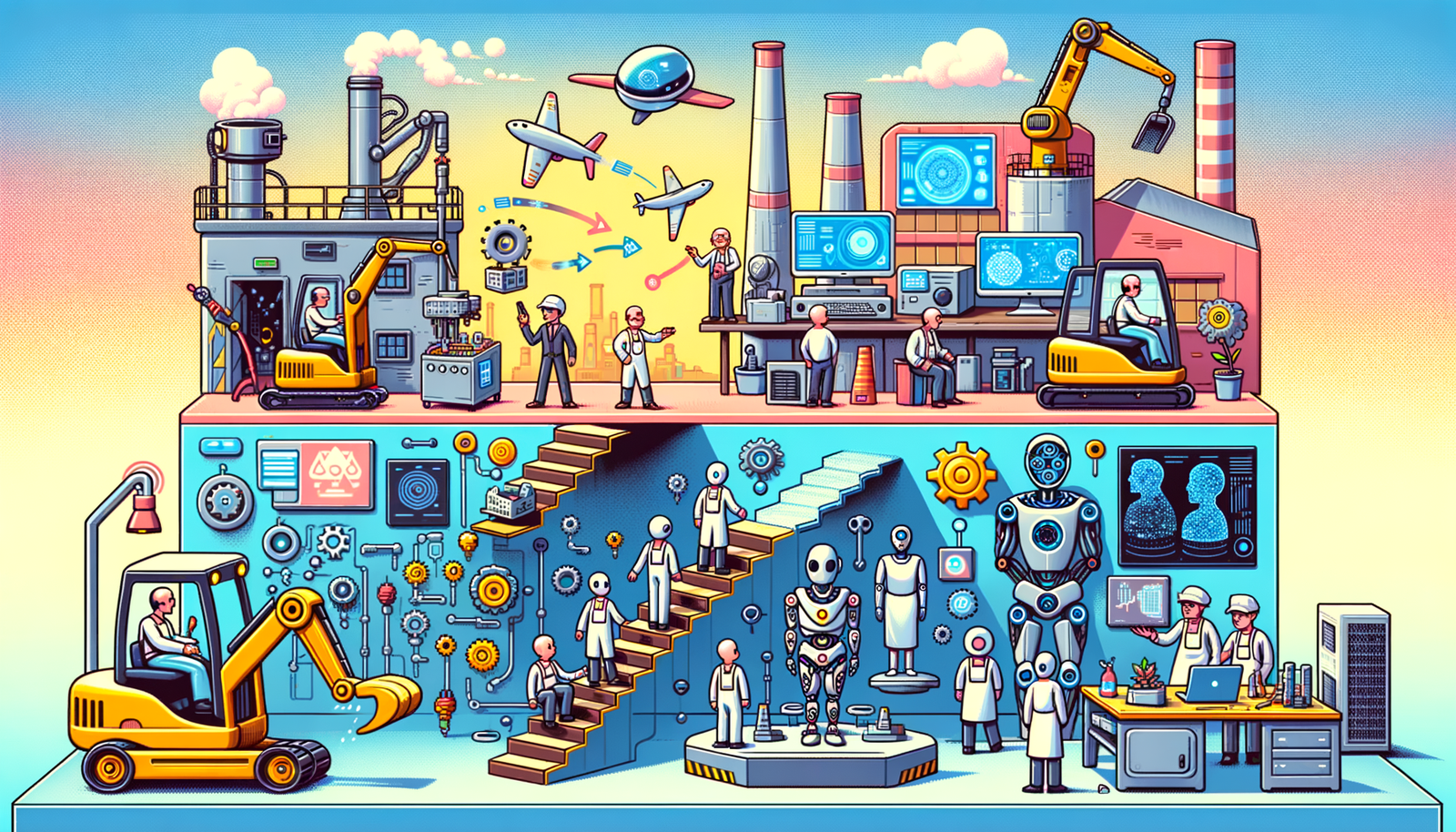Your Cart is Empty
"Great customer service. The folks at Novedge were super helpful in navigating a somewhat complicated order including software upgrades and serial numbers in various stages of inactivity. They were friendly and helpful throughout the process.."
Ruben Ruckmark
"Quick & very helpful. We have been using Novedge for years and are very happy with their quick service when we need to make a purchase and excellent support resolving any issues."
Will Woodson
"Scott is the best. He reminds me about subscriptions dates, guides me in the correct direction for updates. He always responds promptly to me. He is literally the reason I continue to work with Novedge and will do so in the future."
Edward Mchugh
"Calvin Lok is “the man”. After my purchase of Sketchup 2021, he called me and provided step-by-step instructions to ease me through difficulties I was having with the setup of my new software."
Mike Borzage
August 26, 2024 3 min read


Digital twins represent a transformative concept in the realm of modern manufacturing. Defined as a virtual replica of a physical entity, a digital twin is used to simulate, analyze, and control real-world systems. These virtual models encompass all the characteristics of their physical counterparts, facilitating a synergistic relationship between the digital and physical worlds.
The concept of digital twins involves creating a digital counterpart to a physical object, system, or process. Key characteristics and components include:
The term 'Digital Twin' has evolved significantly over the past few decades. One of the earliest adopters of this concept was NASA, which utilized basic forms of digital twinning for spacecraft monitoring and simulation. By using digital representations, NASA could operate, maintain, and predict issues in their spacecraft more effectively.
Smart manufacturing leverages various advanced technologies to create more efficient, flexible, and sustainable production processes. Digital twins play a crucial role in this context by enabling:
Several foundational technologies underpin the creation and deployment of digital twins:
Creating and managing digital twins requires sophisticated software platforms. Key players in this field include:
Digital twins rely on robust mathematical models and simulations to replicate physical phenomena accurately. Common types of simulations include:
Algorithms and predictive modeling play a critical role by enabling digital twins to forecast future conditions and behaviors based on historical data and trends.
Digital twins are being successfully implemented across various industries, including automotive, aerospace, and consumer goods. These applications demonstrate the versatility and value of digital twins in optimizing manufacturing processes.
The adoption of digital twin technology in manufacturing has led to numerous benefits, such as:
Despite the benefits, several challenges and limitations persist in the implementation of digital twins:
The landscape of digital twin technology is continuously evolving, with emerging technologies poised to further enhance their capabilities:
As Industry 4.0 progresses, digital twins will expand into new sectors such as healthcare and urban planning. Enhanced capabilities driven by AI and machine learning advancements will further solidify their role in smart manufacturing and beyond.
The future of digital twin technology is promising, with predictions indicating continued evolution and growth. Digital twins are expected to play a pivotal role in shaping the future of smart manufacturing, driving innovation, efficiency, and sustainability across various industries.

April 06, 2025 2 min read
Read More
April 06, 2025 3 min read
Read More
April 06, 2025 2 min read
Read MoreSign up to get the latest on sales, new releases and more …